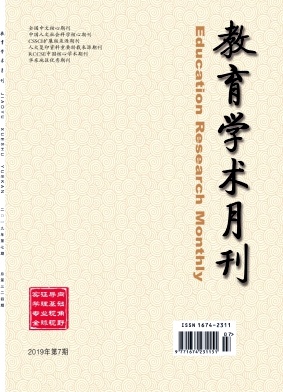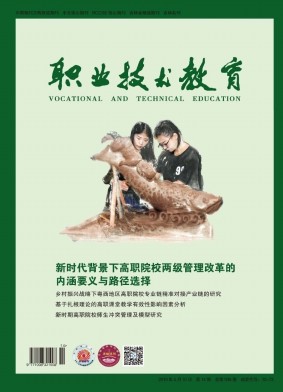摘要 目的探讨反应性嗜酸性粒细胞增多症(HE)引起周围神经病变的临床特点。方法回顾性分析1例HE继发周围神经病患者的临床资料。结果本例老年男性以多发性周围神经炎为主要表现,粪便病原学蛔虫感染。经过系统的药物驱虫、激素治疗后,患者肢体无力及肌痛的症状明显好转,外周血中嗜酸性粒细胞的数量明显下降,并且与肌酸激酶下降趋势及临床症状的改善一致。结论 HE以多发性周围神经病为主要临床特点。 Objective To study the clinical features of multiple peripheral neuropathy induced by hypereosinophilia(HE). Methods The clinical data of one patient with HE secondary to peripheral neuropathy were retrospectively analyzed. Results The main manifestations of the old male patient with multiple peripheral neuritides. Etiological examinations of feces indicated that tapeworm infection. After systematic drug deworming and hormone treatment, the eosinophil of peripheral blood decreased significantly, and symptoms of limb weakness and myalgia were relieved. And it was consistent with the declining trend of creatine kinase and the improvement of clinical symptoms. Conclusion HE is manifested as multiple peripheral neuritis.
机构地区 吉林大学中日联谊医院神经内科一病区
出处 《临床神经病学杂志》 CAS 2021年第1期37-40,共4页 Journal of Clinical Neurology
关键词 嗜酸性粒细胞增多症 周围神经病 肌酸激酶 基因检测 hypereosinophilia peripheral neuropathy creatine kinase gene detection




